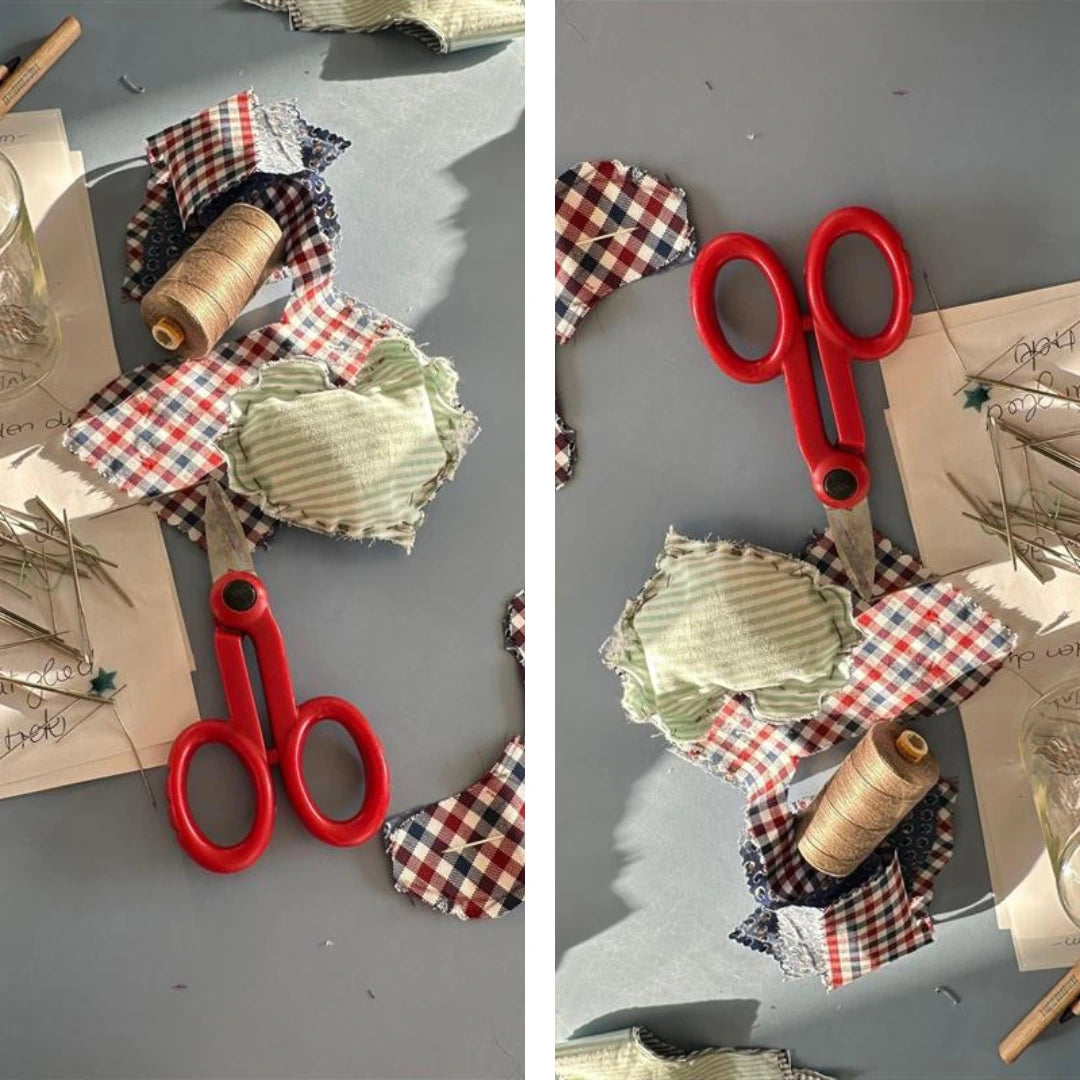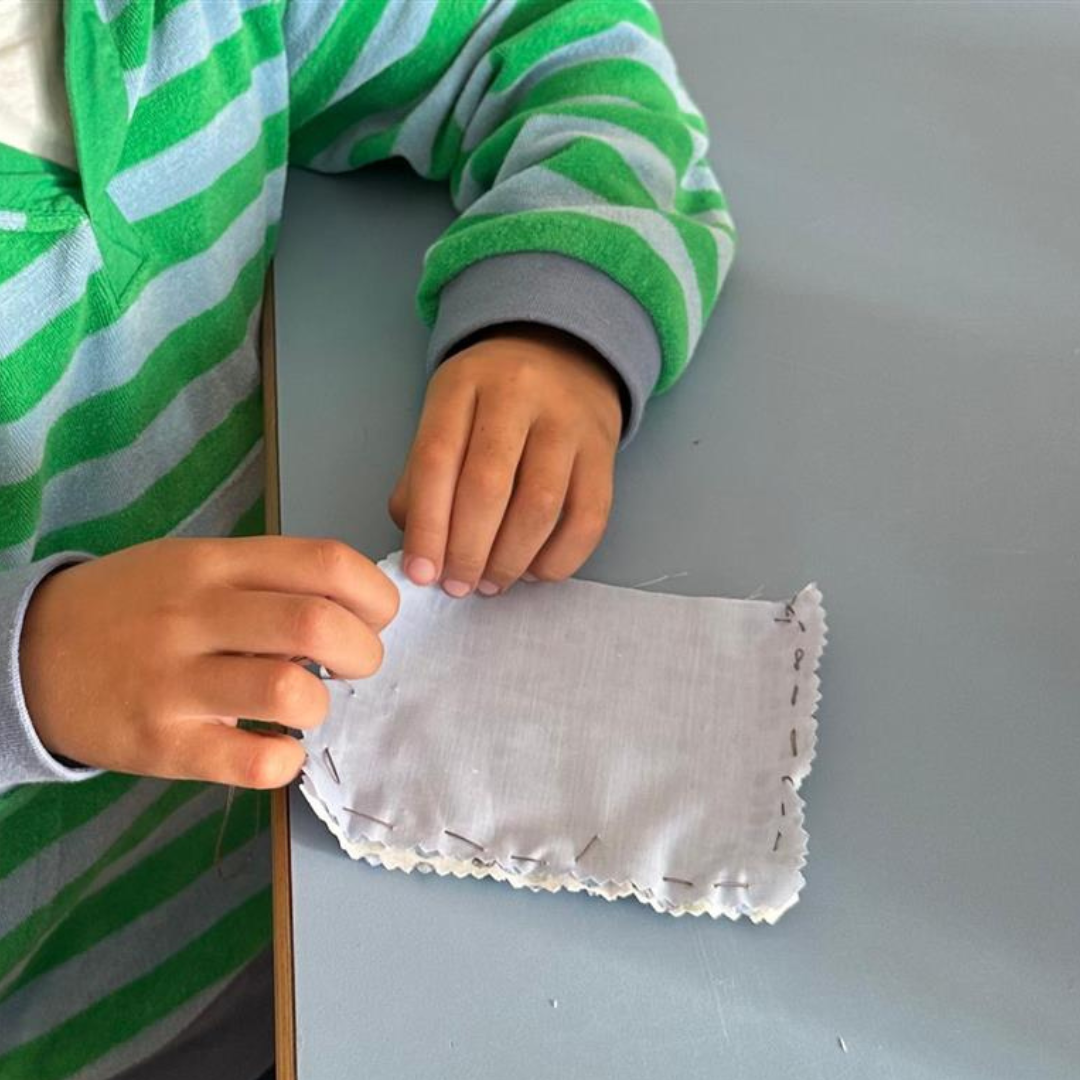What actually happens to our residues?
The design process of a clothing manufacturer often arises - an inevitable part of the production that runs through the creative process. Designers work with different fabrics, patterns and cuts to design new collections. But not every cut fits perfectly into the planning, and so smaller or larger pieces of fabric remain. These so -called "snapids" are a natural side effect of the precise craft, which is about making fashion not only beautiful, but also functional.
At Fynch-Hatton, we attach particular importance not to simply dispose of these residues, but to find innovative ways in order to use them sensibly. So we contribute our part to resource conservation and make fashion not only for today, but also for tomorrow.
We donate our fabrics!

At Fynch-Hatton we decided to go on one step and donate the remnants of fabric to the St. Raphael kindergarten in Straelen during production. The children there have a lot of fun making with the colorful fabrics, implementing creative projects and letting their imagination run wild. Whether for costumes, doll dresses or as a material for collages - the remnants of fabric will find a new home in which they promote joy and creativity.
For us, this partnership is not only a way to deal responsibly with resources, but also a way to give something back to the local community. It is wonderful to see how the children are inspired by simple pieces of fabric and at the same time get to know the value of reuse and sustainability in a playful way.

Children's creative work
It is a pleasure for us to see how the remains of fabric in the small hands of the children get new life. For us, this partnership is not only a step towards sustainability, but also a valuable opportunity to promote creativity and to give something back to the local community.
In kindergarten, the colorful pieces of fabric are used by the children with great enthusiasm. They make costumes, doll dresses or use them for collages and other creative projects. The children not only have a lot of fun, they also learn playfully how something new and beautiful can arise from supposed remains.







